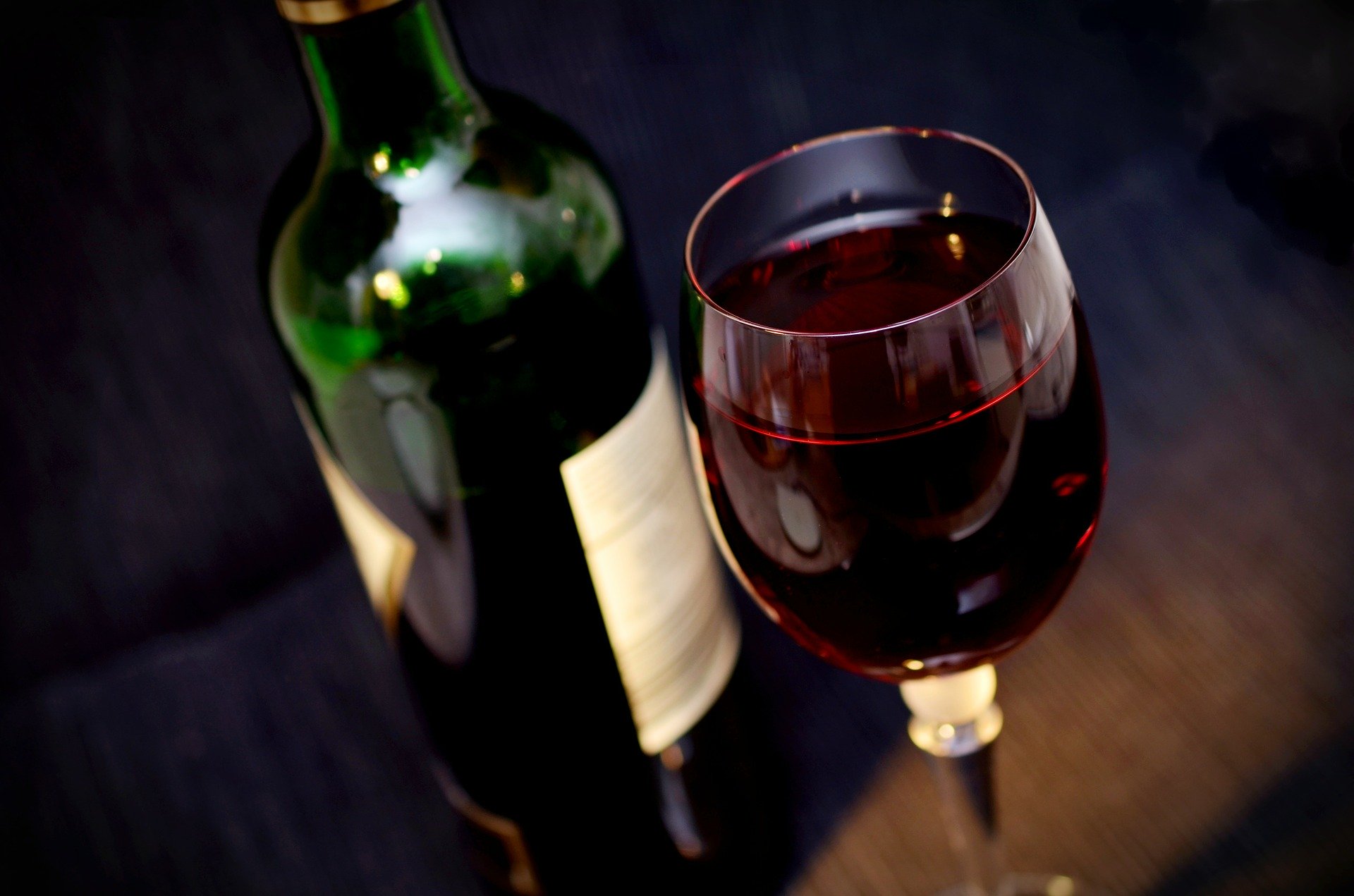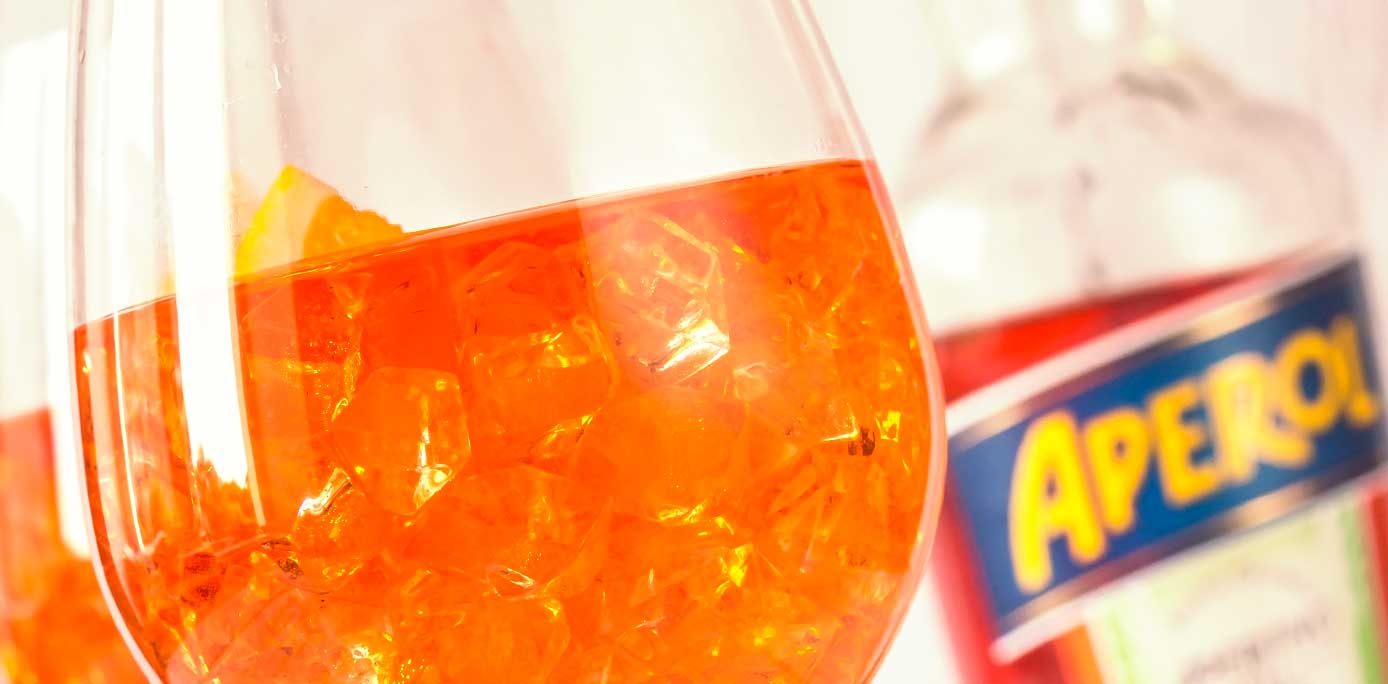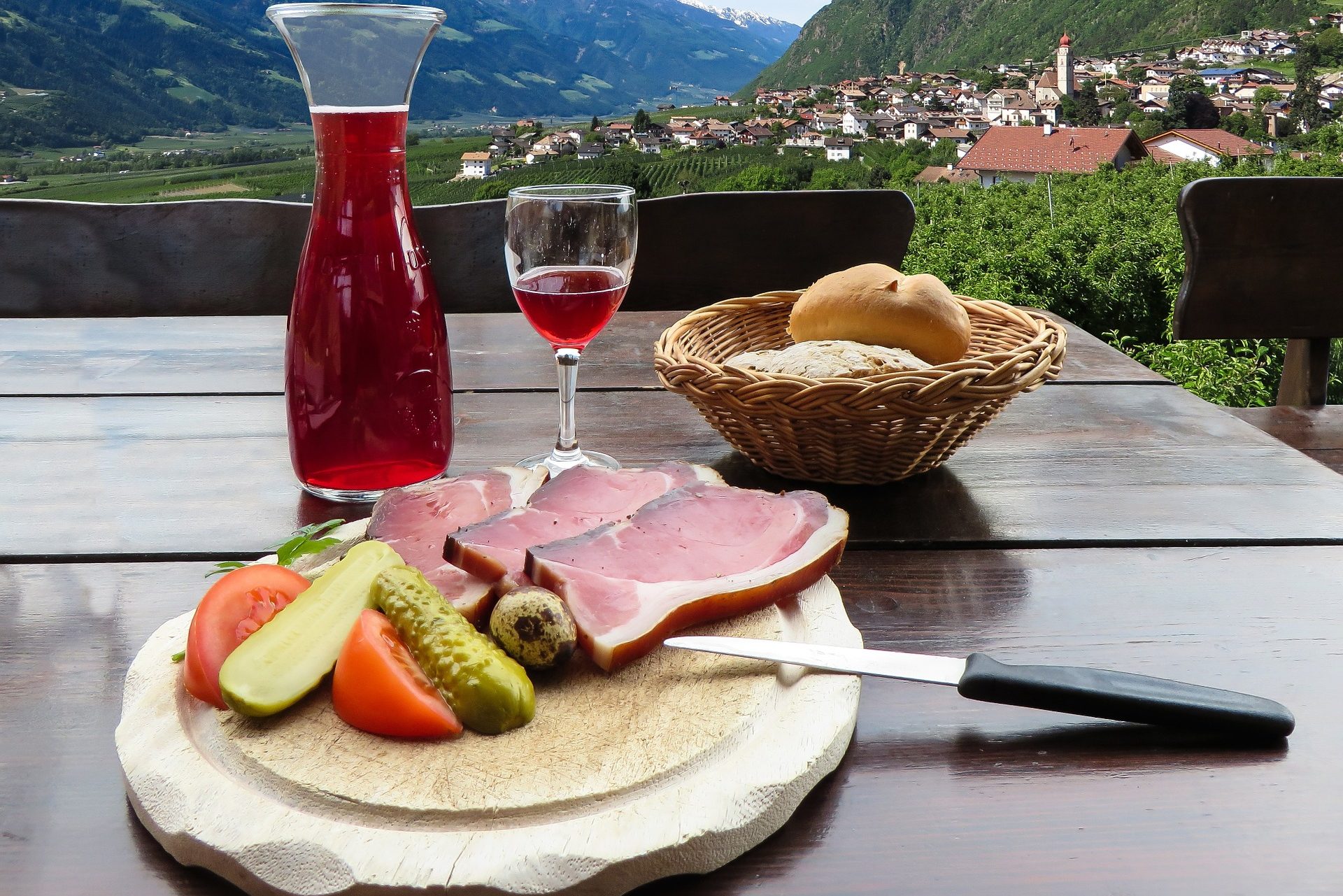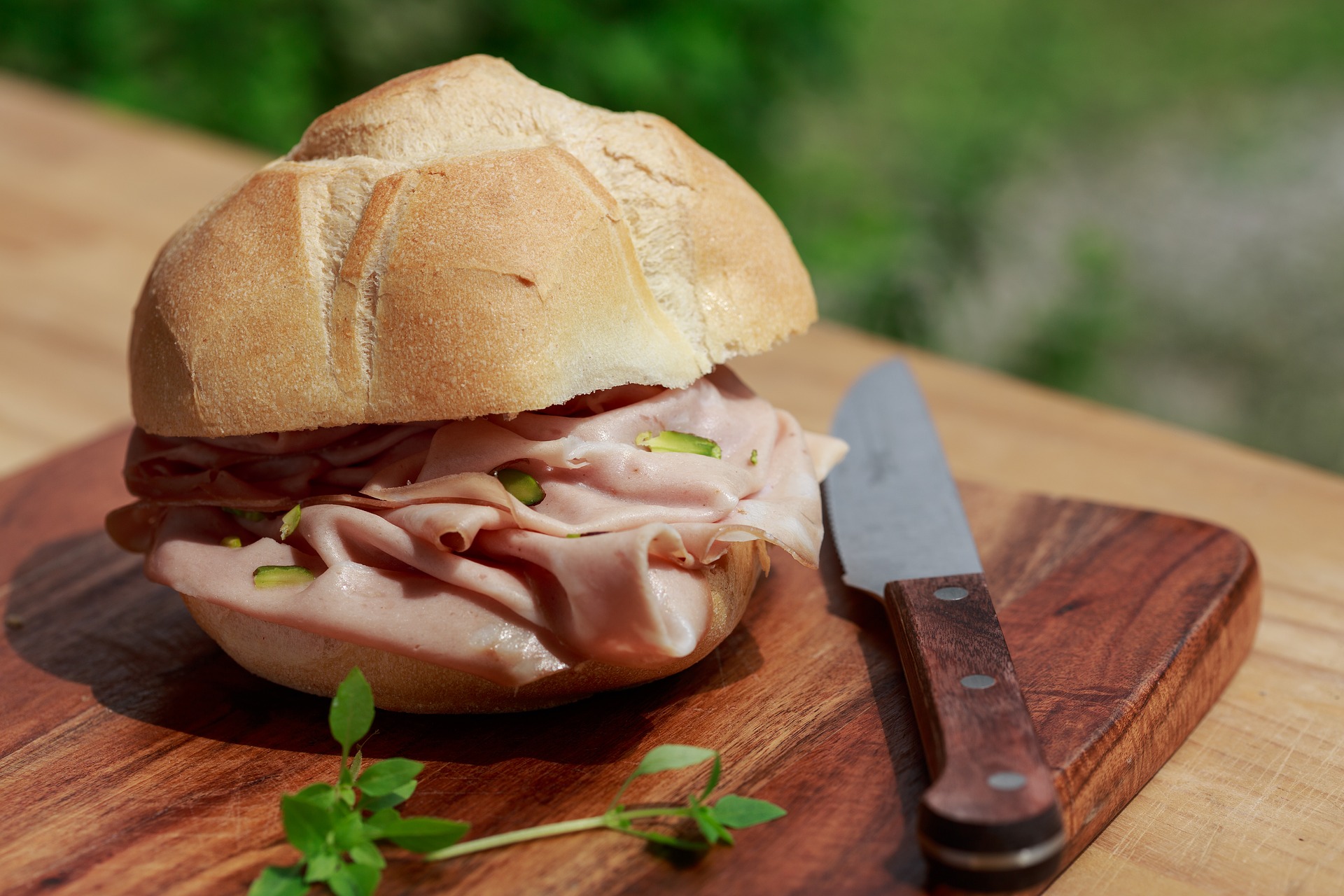A millennial fellow speaking about his interest in wine: Him: “I’ll drink anything, man, but I’m all about the reds.”
Me: “Cool. What do you look for in a red wine?” Him: “Massiveness. Total big-ness.”
I smile politely, knowing it will be a short conversation.
Strangely enough, though, the reality of that real life exchange pretty much sums up what for at least the last decade, in my assessment, has been the style of red wine preferred by a majority of wine drinking folks, and especially in the USA.
But, as American troubadour Bob Dylan once sang, “The times they are a-changin’.” I sense a definite trend these days away from big, darkly-colored, high alcohol, low acid red wines sporting notes of wood-driven vanilla, spice and chocolate, toward an appreciation of the more subtle beauties and charms offered by light to medium bodied wines with good perfume, often lighter in color, moderate in alcohol, with deliciously high acidity and balanced tannins.
A fortuitous moment for Italian wines indeed: in that context, Italy’s native red wine grapes can really deliver wines that are well-suited to please red wine drinkers who are seeking the pleasures of subtlety and nuance. Forgive me for not mentioning in this article some familiar names – Nebbiolo and Sangiovese, for example – for the very reason that they are, well, familiar. Let’s use this opportunity to introduce a few of Italy’s native grape varieties and wines that are likely less well known to you:
Nerello Mascalese grows on the slopes of Sicily’s Mount Etna and is the principle variety used in making red wine in the Etna DOC, currently one of Italy’s hottest (read: popular) appellations. Naturally high in tannins and light in color, a minimum of 80 percent Nerello Mascalese is often complemented with a splash of another local variety, Nerello Cappuccio, which, conversely, has more color and little tannins. The result is a red wine similar in weight to Pinot Noir, one that shares Pinot Noir’s airy, ethereal character, beautifully scented of violets, cherries, herbs, and spices, and with good tannic bite.
Bardolino is one of the best-known of the Lake Garda resorts, mainly due to the wine made from the grapes grown in the surrounding hillsides
The pale ruby-colored wines of the Bardolino DOC, located in the area of Lake Garda, offer incredible charm and pleasure. Here, it is Corvina which is the main actor, accounting for some 35-80 percent of the wine blend, most often joined by allowable quantities of supporting cast members Corvinone, Rondinella and Molinara. Bardolino ‘Chiaretto’, a rosato style, offers a different perspective from Bardolino’s light reds and is different still from neighboring Valpolicella wines (same principle varieties) showing a great counterpoint to Amarone. Bardolino wines can have fruity aromas and flavors of cherries and berries, vibrant freshness, notes of warm spice, soft tannins, and typically, a pleasantly bitter note on the finish.
Grignolino, a grape variety grown in the region of Piemonte, makes utterly enchanting wines in the loveliest shades of light red that are high in acid and deliver firm, grippy tannins. If it were one’s intention to arrange the most delightful of picnics, I should recommend a bottle of Grignolino as a first step in the right direction. Grignolino is characteristically charming and light, redolent of small red berries, flowers and spice, with a characteristic note of white pepper.
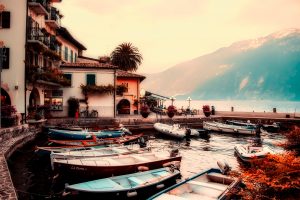
What’s interesting and perhaps even ironic is that the big, low acid red wines, in parallel with a growing awareness of cooking and food culture (thanks in part to television shows like Chopped, Top Chef and the power of social media in promoting food and food culture) help highlight one of their lighter, more understated counterparts greatest distinctions: it’s the lighter, high acid wines that actually pair better with food.
So, as you make your short list of red wines you’d like to try, I hope you’ll consider joining a growing number of wine drinkers willing to explore the subtle, nuanced beauty of Italian reds like Grignolino, Etna Rosso, or one of the Bardolino wines.
Back to our millennial friend with whom I had the exchange at the beginning of this article. After some time had passed, during a subsequent conversation about wine, he proudly announced that his tastes were evolving, his favorite wine being none other than … Moscato d’Asti. So much for ‘massiveness’ and ‘total big-ness’. Like I always say … one of the beauties of Italian wine is that, often times, the wines have their own way of deciding the itinerary for you.
Tasting Note:
Tenuta Delle Terre Nere Etna Rosso
Pretty ruby color, perfume of red berries, flowers, spices and a hint of balsam, an effortlessly elegant palate seemingly unrestrained by gravity. Good structure and sturdy tannins give great definition and foundation. Wine lovers who admire the wines of Burgundy or Piedmont’s Nebbiolo will have an easy appreciation of this wine.
